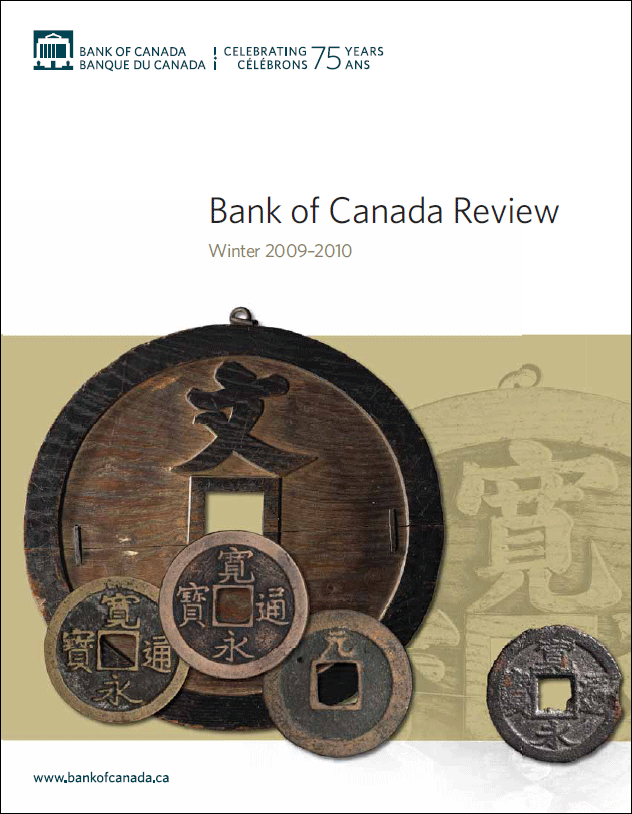Bank of Canada Review - Winter 2009-2010
Available as:
PDF
Causes and consequences of declining inflation persistence in Canada; the evolution of capital flows to emerging-market economies (EMEs) and the need for EMEs to implement policies that support capital flows; making bank notes accessible for Canadians living with blindness or low vision, sharing assessments of the suite of accessibility features on the current series of bank notes and plans for the next series.
